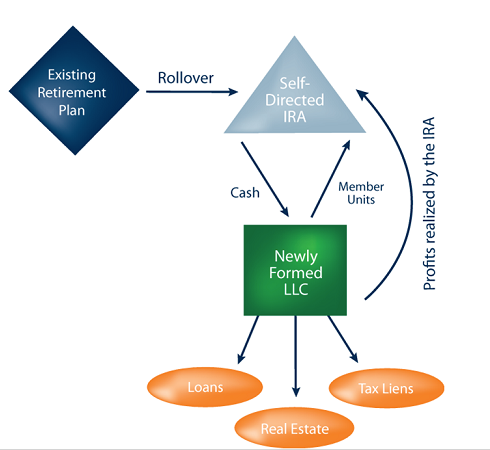The Impact of Student Loan Debt on Housing and Younger Generation Ability to Purchase
Over the past year, the National Association of REALTORS® (NAR) has become increasingly concerned about the impact of student debt on Home ownership and the overall economy. The U.S. currently has a whopping student debt load of $1.3 trillion, which accounts for 10 percent of all outstanding debt. While student debt has risen, the homeownership rate has fallen, especially among younger generations. NAR’s second quarter 2016 Housing Opportunities and Market Experience (HOME) survey reports that roughly two-thirds of non-homeowners with student debt said they are generally not comfortable also paying for a mortgage. Furthermore, non-homeowners and younger adults with student debt are less likely to believe that they can qualify for a mortgage due to student loan repayment obligations.
To address the growing concern about student debt, NAR highlighted the issue during the 2016 REALTORS® Legislative Meetings & Trade Expo. The Regulatory Issues Forum featured U.S. Housing and Urban Development (HUD) Secretary Julián Castro, along with a panel of speakers, who discussed important regulatory changes that would ensure housing opportunities can exist for young people. At the Residential Economic Issues & Trends Forum, Senator Elizabeth Warren discussed Congressional efforts to alleviate the growing burden that student loan debt repayment is having on young adults, the housing market and the overall U.S. economy. Finally, the NAR Board of Directors adopted a policy that, “NAR should strongly support policy proposals to allow student loan borrowers to refinance into lower interest rates and to streamline income-based repayment programs. Additionally, NAR supports policy proposals that promote student loan simplification, clarity and education. NAR also shall ensure that mortgage underwriting guidelines related to student loan debt should become standardized and that they do not impair homeownership.”
In June, NAR partnered with the American Student Assistance (ASA) program SALT® to conduct a survey of student loan borrowers who are current in student loan repayment. The results of the survey demonstrated the impact and challenges that student loans have on housing, even among those who are managing to pay their bills on time. Among survey respondents, 67 percent received their loans from a four-year college, 31 percent from a two-year college, 27 percent from graduate/post-graduate school, and 11 percent from a technical college. Twenty-four percent were delayed by at least two years in moving out of a family member’s home after college due to their student loans. While 18 percent are currently homeowners, 17 percent live with friends or family and do not currently pay Rent.
NAR also continues to work with Congress and the Administration. NAR submitted letters of support for several pieces of legislation that have been introduced in Congress this year aimed at addressing the issue of student loan debt. Some of these legislative proposals address a variety of issues, including streamlining the student loan process and limiting repayment to 10 percent of a borrower’s income; allowing borrowers to refinance student loans at a reasonable interest rate or utilize an income-based repayment plan; and enhancing financial counseling options. Additionally, NAR worked with HUD to alleviate the burden of student debt for potential homebuyers by revising the calculation of student loan debt for Federal Housing Administration (FHA) loans.Among non-homeowners, 71 percent cite student loan debt as the factor delaying them from Buying a home. This is most frequently the case due to the fact that borrowers cannot save for a down payment because of their student debt. Among homeowners, 31 percent say student debt is impacting their ability to sell their existing home and move to a different home. The delay in buying a home among non-homeowners and homeowners is typically five years.
NAR and this broker remains committed to addressing the impact of student loan debt on the economy and housing market.
Tom Stachler is a licensed Broker and Builder based in the tri county area surrounding Ann Arbor Michigan. Also specializing in the Saline, Dexter, Chelsea and Ypsilanti Markets. Call Tom for assistance on houses, homes and condos to purchase, list or Lease. Check out the helpful Links page and navigation tabs above. Looking to purchase a home, check out the all MLS Inventory link above for currently active properties in the Board of Realtors data base.

































